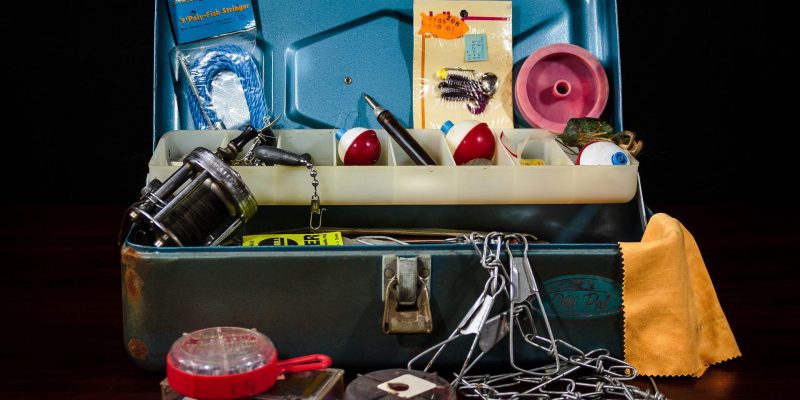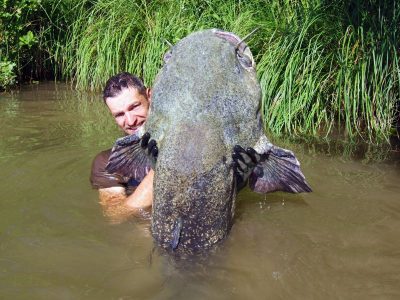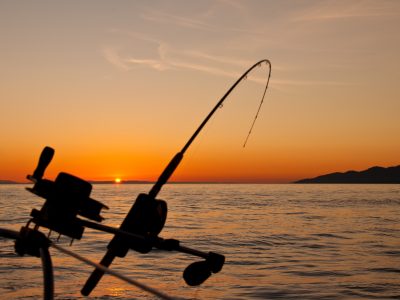Anglers must own the impact of their gear on maintaining healthy oceans, lakes, and streams.
Did you know that anglers have the opportunity to make a difference in the health of our oceans and fisheries? If each of us makes a concerted effort to use responsible fishing gear, it will help protect marine life and ensure a sustainable future for seafood.

Credit: Ladies, Let’s Go Fishing
10 tips for using your fishing gear in an environmentally-friendly way
- Use bait that is caught sustainably and does not put additional strain on wild populations. For example, catch live bait responsibly, and limit the impact on other non-bait species.
- Choose gear that is made from sustainable materials, such as biodegradable monofilament fishing lines, fishing lures, and biodegradable plastics. There are also non-toxic weights like steel, tungsten, brass, or tin.
- When possible, use barbless hooks to minimize the harm caused to fish when they are being caught. You can use pliers to smash down the barbs to make them barbless which will make it easier to release fish. For treble hooks, you can opt to snip off two of the hooks and use one. Can also use non-stainless circle hooks. Several states and federal oversight groups have mandated anglers to use non-stainless steel circle hooks when fishing for certain species. The reason is the hooks will rust if the fish breaks the line. In the past, anglers used stainless steel hooks because they do not rust and last longer so the cost is less to the angler, but bad for the fish.
- Make sure to properly dispose of any fishing line or other gear that you no longer need. Fishing lines can be harmful to marine life if it’s not disposed of properly. Be sure to cut up your fishing line and put it in a garbage bin, rather than leaving it in the water. Whatever you take out to fish should all be brought back with you at the end of the fishing day, leave no trace.
- Experts suggest the less you handle a fish you will release, the better chance it will survive. If you are going to handle then handle fish with care. When handling fish, be sure to wet your hands first to avoid removing the fish’s natural slime coat. This slimy layer protects the fish from disease and parasites.
- Use a conservation landing net. Landing nets help reduce stress on fish and prevent them from being injured. May also use a lip-type gaff (Boga style lip gaff) as another preferred landing choice.
- Keep only what you need. Don’t overharvest! Only keep the fish that you plan to eat or use.
- If you’re not going to keep the fish, practice catch and release. Anglers need to know and practice how the various methods for catch and release to assure the fish survives. You can’t just throw the fish back in without reviving them.
- Use biodegradable bait bags. Biodegradable bait bags will decompose in water, rather than pollute the environment.
- Educate yourself and others about responsible fishing gear use. One of the best ways to ensure a sustainable future for our oceans, lakes, streams, and waterways is to educate yourself and others about the importance of using responsible fishing gear.
We all love spending time outdoors fishing, and we must do our part to ensure that future generations can enjoy this pastime. By doing responsible fishing gear practices, we can help preserve the sport for years to come and reduce your impact on the environment when fishing.
Let’s all make a commitment to using responsible fishing gear!
Do you have any tips on how to use fishing gear responsibly? Share them with us in the comments below!


